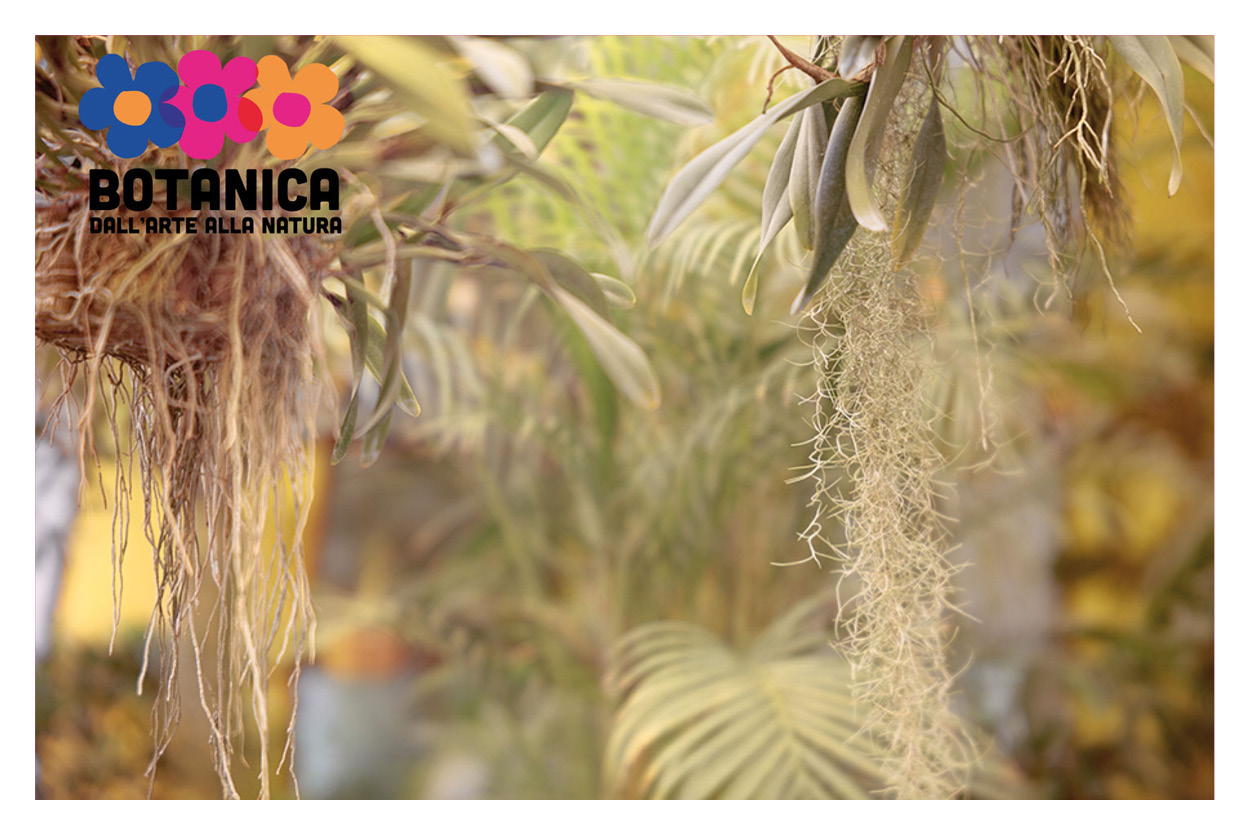Curated by Vincenzo Castella
Casa Testori
13 February 2016 – 17 April 2016

Urban Space Garden is an exhibition, realised in the framework of the project Botanica, which saw 4 artists exhibiting at Casa Testori: Vincenzo Castella, Daniele Marzorati, Lorenzo Morri and Giulia Pellegrini.
Vincenzo Castella
Cities are suffering from schizophrenia: the absence and suffocation of greenery is being met with an idolatry of nature. On the plane of reality between botany and the urban fabric there is a conflicting relationship in which the former is always in a position of strength. Then there is a compensatory illusory plane, in which nature regains space, in the unlikely form of a disbelieving religion. It is a sort of mental bonsai, and at times even a little snobbish, that anaesthetises conflict, reducing the sphere of relationship to a small private and privileged sphere.
With Urban Space Garden, Vincenzo Castella, Daniele Marzorati, Lorenzo Morri and Giulia Pellegrini have done the opposite. There are no illusory conjunctions between Urban Space and Garden, but there is a broken line. Castella’s large image printed on fabric and thus exposed to the vibrations of the air, as the branches of a tree might be, gave a bird’s eye view of Soccavo, a western suburb of Naples. In a breathless grid of urban sprawl, an imperious clump of trees could be discerned, squeezed by the ring of a junction.
It is a detail that may be overlooked but which instead rendered the impressiveness of the conflict and that capacity for extreme resistance that botany demonstrates with respect to the city. It is not an image of denunciation, but an image that accepts the conflict and proposes what Castella defines using the category of “conspectus”: a looking beyond. Which is the opposite of “prospectus”, the frontal gaze, that of a point of view that already “judges” and distinguishes. “Conspectus”, on the other hand, is a gaze that moves forward. It is a gaze that penetrates into images such as #01 Milano 2012, gaining an unexpected level of understanding: the city is hatching small jungles.
Daniele Marzorati
The works moved between the language of photography, painting and drawing. Through a continuous cross-reference they rewrote parts of the visible, studying relationships and semantic differences for a progressive knowledge of reality.
Waste Land investigated, in 108 graphite drawings, the places in Milan cleared by the rom camps from 2007 to 2013, starting from the official documents of the municipality of Milan on which there is a description of each eviction.
Sections referred to the state forests of Sardinia and used direct editing of the scenes, during filming, within the negative. Through the fragmentation of the negative – measuring 20 x 25 cm – the visual associations were indissoluble and oil painting intervened to transpose parts of certain negatives, enlarged and restored to the size of the matrix of the original negative.
Lorenzo Morri
The video Un Semplice Autoritratto Naturalistico (A Simple Naturalistic Self-Portrait) was created from the waste of a short film shot in the area of the Sibillini Mountains, in the Marche region, wanting to make a play on words by referring to a painting technique using another means of artistic representation.
Like the video, the three wall-mounted works, entitled Pelle del Serpente (Snake Skin), simulate nature by printing on fabric.
Giulia Pellegrini
It consists of two installations and a video about natural elements. Through the etymological study of a word, the analysis of a literary text and a film from 1979, a narrative was created that brings to light the problems of contemporary man.
In Sub Rosa, roses and words merge inside a room. The expression sub rosa comes from the custom of hanging the flower from the ceiling of inns to remind patrons of their moral obligation not to divulge speeches held “under the rose”.
In Colloquio tra Monos e Una (Conversation between Monos and Una) there were a plant and a mirror. The use of metalanguage, using one of Edgar Allan Poe’s short stories as a reference, made it possible to explain the essence of the crisis of modernity: man’s detachment from nature and the inordinate desire for knowledge culminating in the philosophy of abstraction and generality. The latter no longer sees the individual, with his concrete existential reality, but only the great movements of history and ideas.
In Oltre il giardino (Beyond the Garden), a video whose name and sound are taken from the 1979 film starring a gardener, a limit was represented and, at the same time, a threshold was demarcated: the limit beyond which the individual and his capacities are no longer useful; the threshold from which those same capacities that have become useless can take on other meanings.












